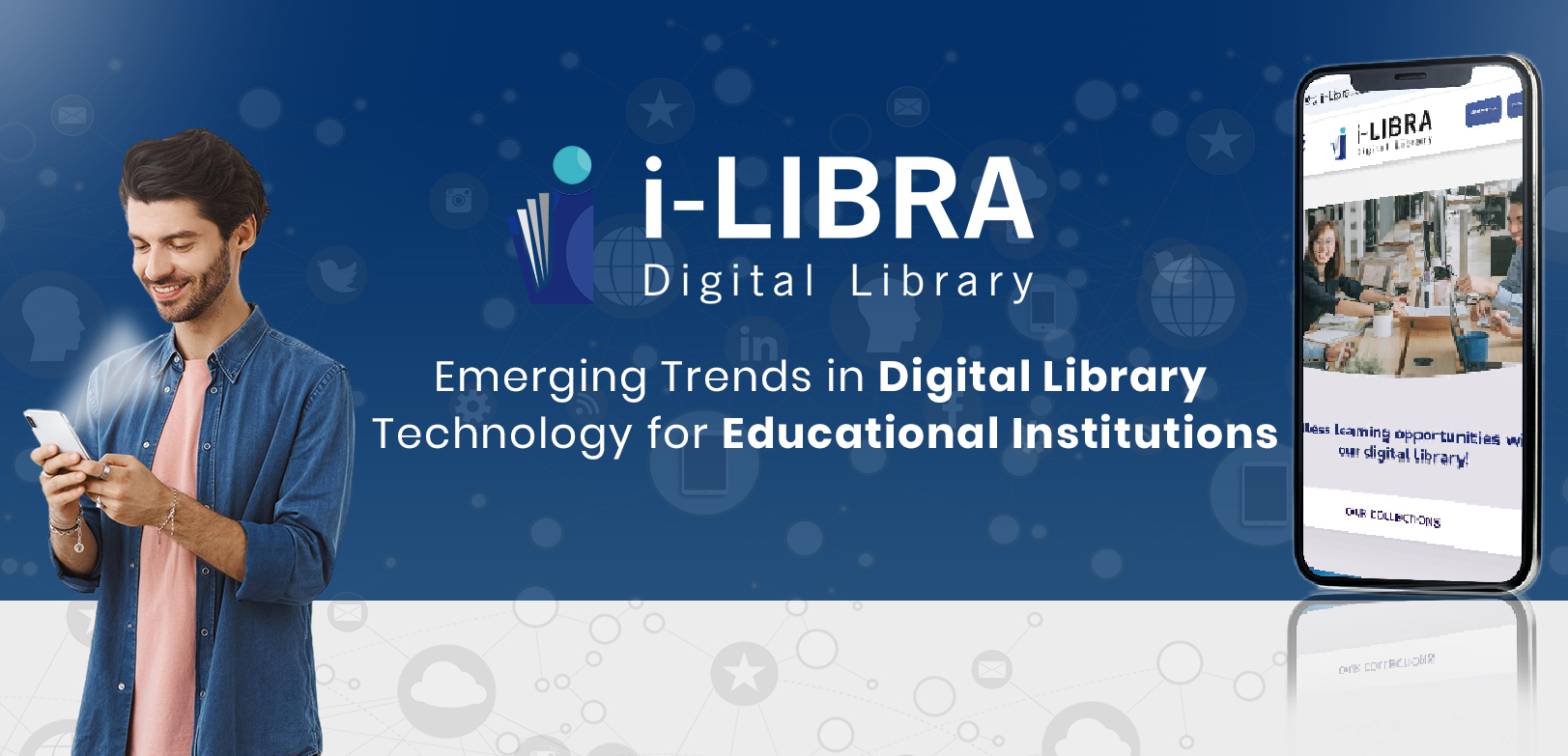
Emerging Trends in Digital Library Technology for Educational Institutions
Artificial Intelligence and Machine Learning:
Artificial intelligence (AI) and machine learning technologies are revolutionising digital library technology by enhancing search capabilities, personalising recommendations, and automating content curation. AI-powered algorithms analyse user behaviour and preferences to deliver tailored search results and suggestions, thereby improving the efficiency and effectiveness of information retrieval.
Virtual reality and augmented reality:
Virtual reality (VR) and augmented reality (AR) are transforming the educational landscape by creating immersive learning experiences within digital libraries. VR simulations and AR overlays enable users to explore virtual environments, interact with digital artefacts, and visualise complex concepts in a tangible way. These technologies enhance engagement, retention, and comprehension, making learning more interactive and impactful.
Open Access and Open Educational Resources (OER):
The open access movement promotes the dissemination of knowledge by making educational resources freely available to the public. Digital libraries play a crucial role in hosting open access materials and supporting open educational resources (OER), such as textbooks, lecture notes, and course materials. By embracing open access initiatives, educational institutions foster collaboration, innovation, and equitable access to education.
Mobile Access and Responsive Design:
With the proliferation of mobile devices, digital libraries must prioritise mobile access and responsive design to accommodate users' preferences and behaviours. Responsive design ensures a seamless adaptation of digital library interfaces to different screen sizes and resolutions, offering users a consistent experience across desktops, laptops, smartphones, and tablets. Mobile access enables users to access educational resources anytime, anywhere, fostering flexibility and convenience.
Data Analytics and Usage Statistics:
Data analytics and usage statistics play a crucial role in optimising digital library services and informing decision-making processes. By analysing usage patterns, user engagement metrics, and content consumption behaviours, educational institutions gain insights into the effectiveness of digital resources and user preferences.
Collaborative Tools and Social Features:
Digital libraries are transforming into collaborative platforms that promote knowledge sharing, collaboration, and community engagement. Collaborative tools, such as discussion forums, annotation tools, and collaborative document editing, enable users to interact with each other and co-create knowledge within digital library environments. Social features, such as user profiles, social tagging, and recommendation systems, foster a sense of community and facilitate serendipitous discovery of content.
Digital Preservation and Long-Term Access:
Ensuring the long-term preservation and accessibility of digital content is paramount for educational institutions. Digital preservation strategies and technologies safeguard digital assets from degradation, obsolescence, and loss, ensuring their availability for future generations. By investing in digital preservation initiatives, institutions protect their cultural heritage, scholarly output, and institutional memory for posterity.
In conclusion, the emphasis on digital preservation ensures the long-term accessibility of educational resources. These trends collectively signify a significant transformation in educational institutions, paving the way for more interactive, inclusive, and efficient learning environments powered by digital libraries.